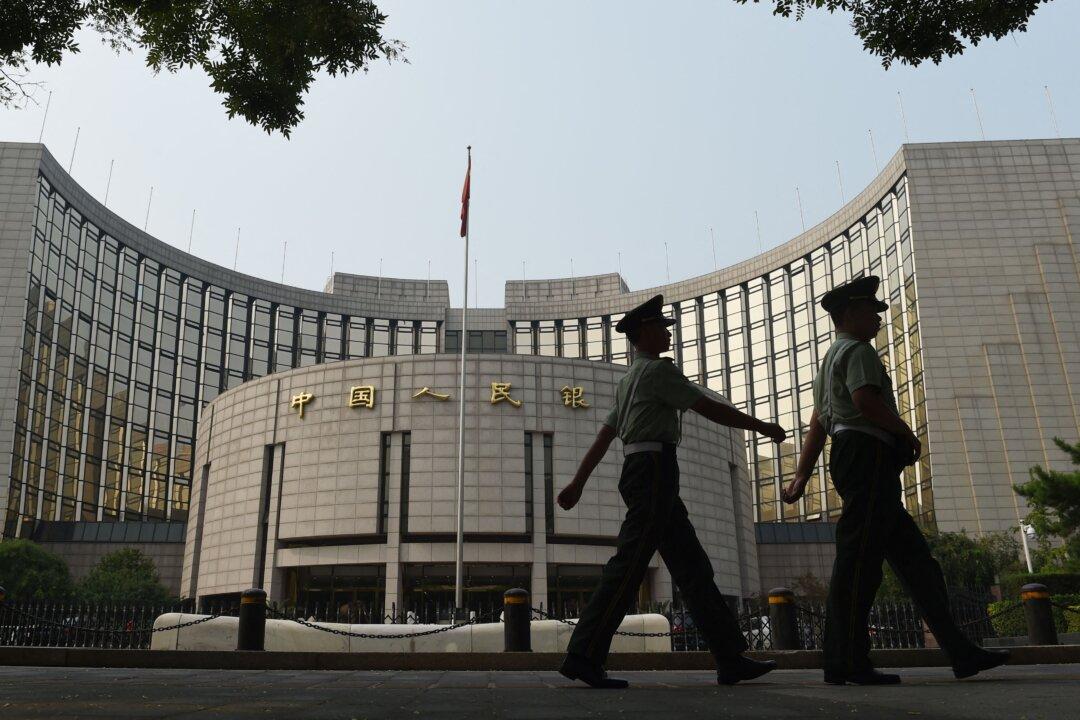Commentary
In the wake of a rapidly deteriorating domestic economy, the People’s Bank of China (PBOC), China’s central bank, announced on Sept. 24 a blizzard of monetary stimulus policies designed to fend off a potential financial crisis.

In the wake of a rapidly deteriorating domestic economy, the People’s Bank of China (PBOC), China’s central bank, announced on Sept. 24 a blizzard of monetary stimulus policies designed to fend off a potential financial crisis.